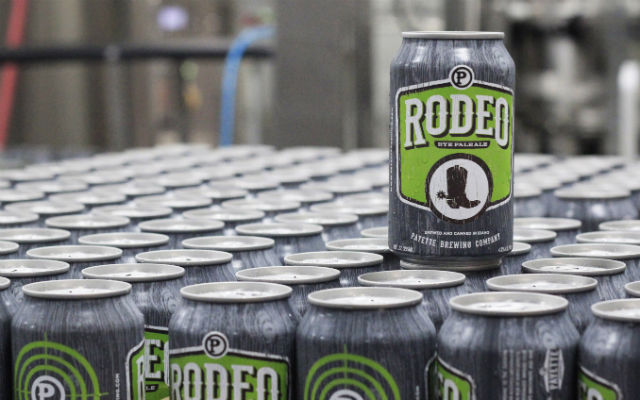
In your taproom, it’s easy to distribute your brands. You can put them all on tap. Of course, you can sell in some sort of packaging, if you state allows it, and you have the control.
A brewery also has control in the success of its products off site and can have some say in who sells it as well at time.
“We mainly reference past seasonal sales and distribution patterns to determine off-premise and on -premise brand availability,” said the team of Paige Coyle, Sales Manager for Payette along with the brewery’s Regional Sales Manager, Darren Rover and intern, Emilie Kongsore. “These decisions are also influenced through understanding the characteristics of our core brand, effectively promoting specialty brews, and being proactive with seasonal releases.
“On-premise access can target growler stations within off-sale accounts as well as any accounts with draft capabilities.
They noted that a tap room has the capacity to display all of a brewery’s relevant brands and recent releases, which provides the most influential sampling opportunity for consumers.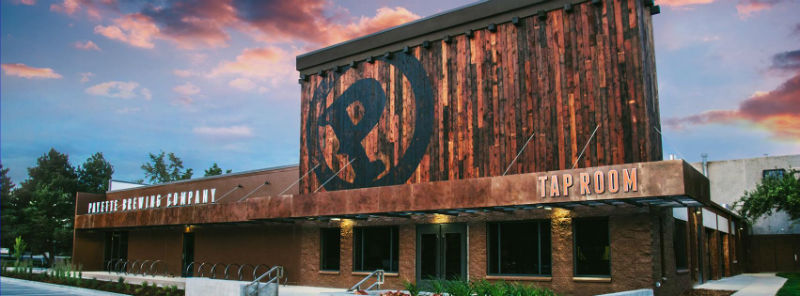
“Depending on the yield trends from the tap room, we are able to determine an initial standard for allocating product distribution,” the Payette team wrote in an email. “We can then use that baseline to forecast the brands that we want available during specific seasons.”
Core brands are simple – forecasting is based off of prior and current brand recognition and sales trends. Seasonal numbers may need adjustments considering changes in the market and seasonal demands. Forecasting is also dependent on data analysis from the database software. In Payette’s instance, they use DIP.
“All year long consumer preferences change the landscape of styles, seasonalities, and establishment preferences,” they said. “Breweries have to adapt to trends in the industry, consumer patterns, and being aware of when to make shifts in products.
“We do this by emphasizing the reputation of a sustainable overall brand and capitalizing on opportunities to refresh the image and message depending on the market.”
In terms of packaged products, picking where core brands go compared to picking where to send a certain specialty, collaboration or a one-off beer does take some relationships formed by both the brewery, it’s distribution partner and the beer retailer.
“The relationships that are initially formed are what inspires and develops the collaborations and one-off potential,” the Payette team wrote. “We base our one-offs distribution in relation to accounts that support our brands by thanking them for something that is special, however, we also do not ignore requests or opportunities in our market to gain exposure and leverage as well.”

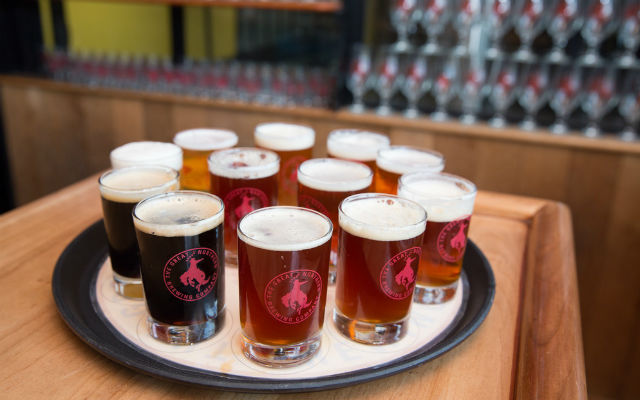
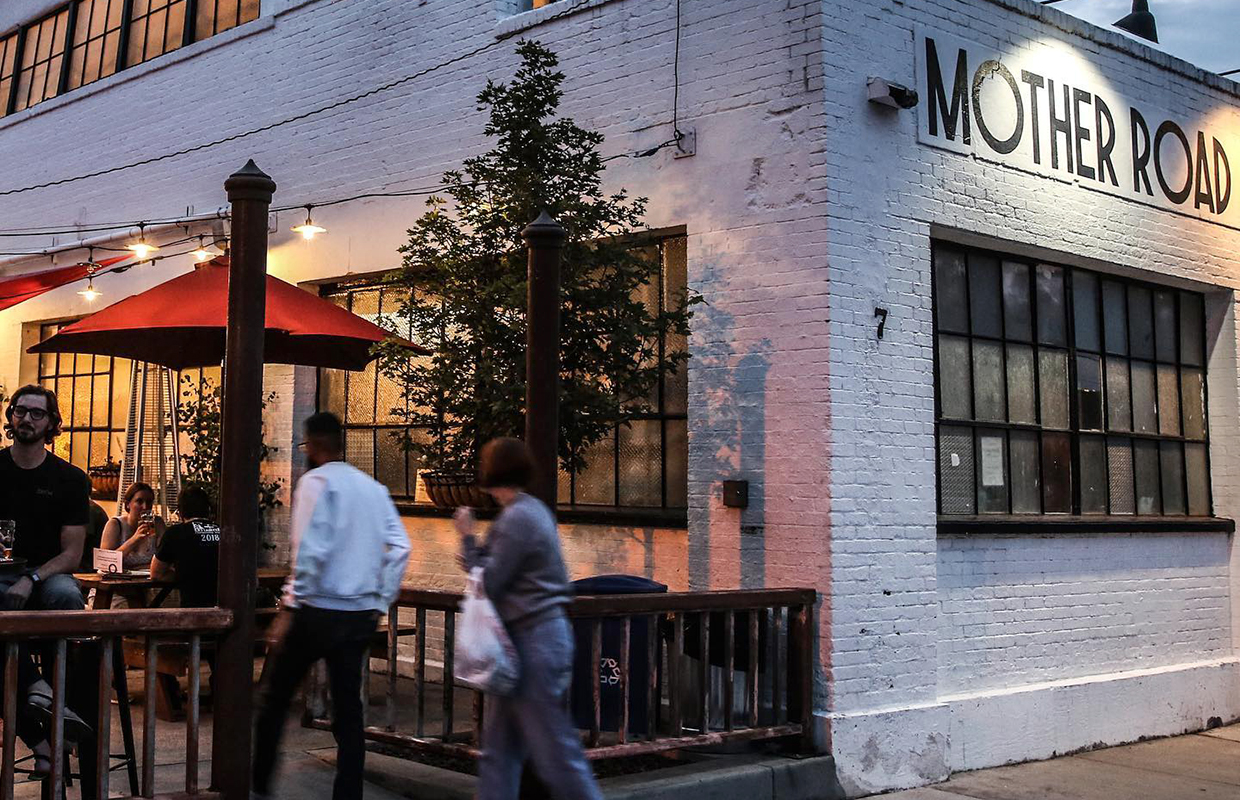
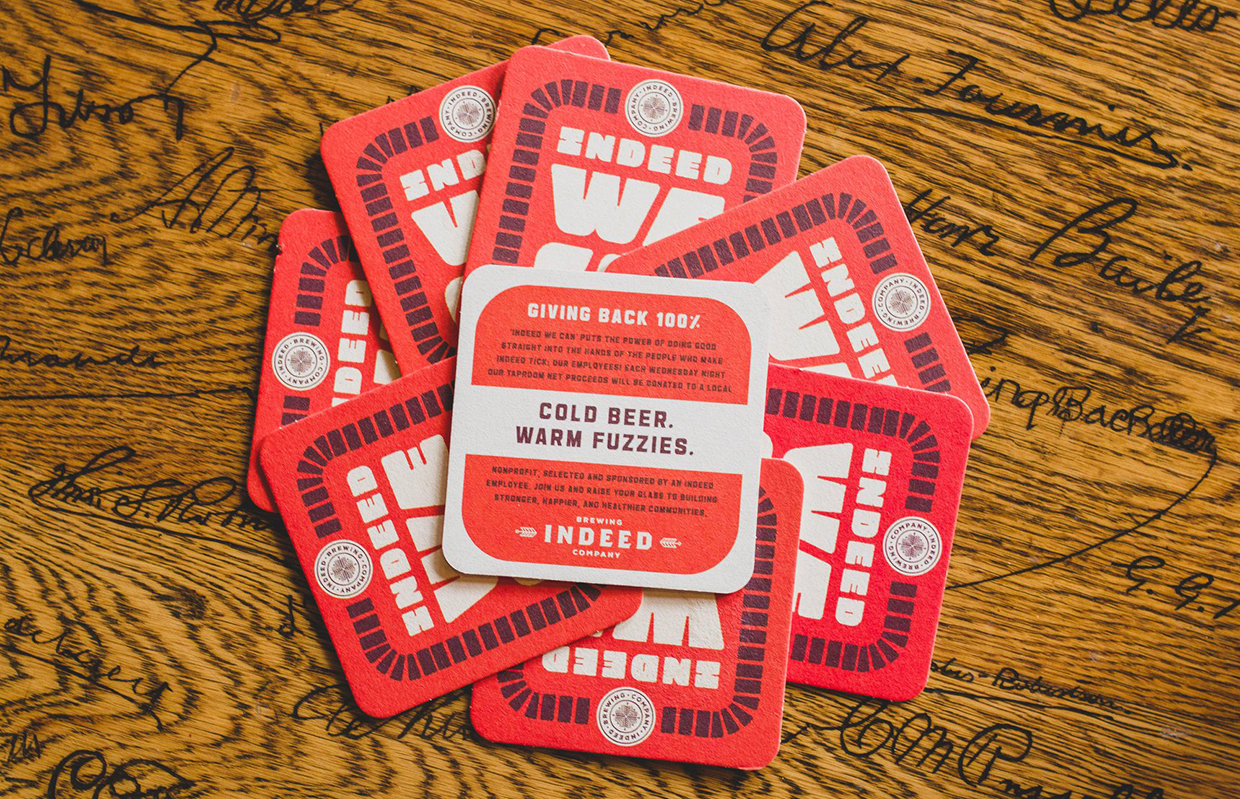
1 Trackback / Pingback